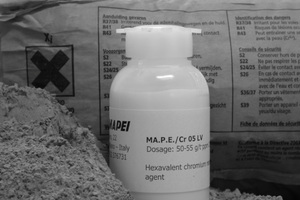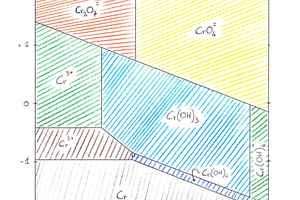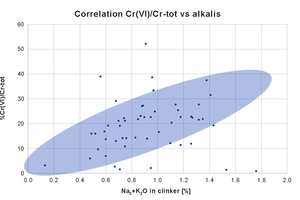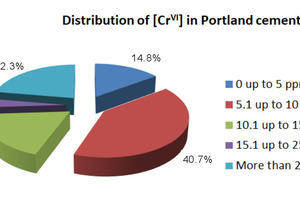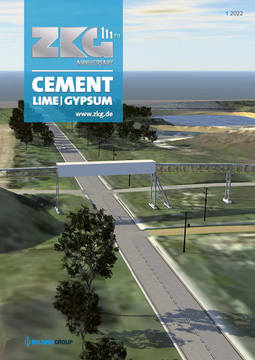REFERENCES
[1] Directive 2003/53/EC of the European Parliament and of the Council
https://eur-lex.europa.eu/legal-content/EN/TXT/PDF/?uri=CELEX:32003L0053&from=IT
(accessed November 2021)
[2] Martial, R.: La ‘Gâle’ du ciment. Presse Med 1908, 64, pp. 507-508
[3] Jäeger, H.; Pelloni, E.: Test épicutanés aux bichromates, positifs dans l’eczema au ciment. Dermatologica 100, 1950, pp. 207-215
[4] Denton, Keenan, Birmingham: The Chromium Content of Cement and Its Significance in Cement Dermatitis. The Journal of Investigative Dermatology 23, 1954, pp. 189-192
[5] Bregnbak, D.; Johansen, J.D.; Jellesen, M.S.; Zachariae, C.; Menné, T.; Thyssen J.P.; Chromium allergy and dermatitis: prevalence and main findings. Contact Dermatitis, 73, 2015, pp. 261-280
[6] Kridin, K.; Khamaisi, M.; Zelber-Sagi, S.; Weltfriend, S.: Cement-Induced Chromate Occupational Allergic Contact Dermatitis. Dermatitis, Vol. 27, n.4, July/August 2016
[7] Wong, C.E.; Gamboni, S.E.; Palmer, A.M.; Nixon, R.L.: Occupational allergic contact dermatitis to chromium from cement: estimating the size of the problem in Australia. Australian Journal of Dermatology, December 2014
[8] Pourbaix, Marcel: Atlas of chemical equilibria in aqueous solution. National Association of Corrosion Engineers, Houston/USA, 1974
[9] Araneo, A.: Chimica analitica qualitativa. CEA Casa Editrice Ambrosiana, Milan/Italy, 1993
[10] Magistri, M.; Padovani, D.: Chromates reducing agents. International Cement Review, October 2005
[11] European Patent EP 2 077 979: Additives and methods for reducing hexavalent chromium in cement
[12] Magistri, M.; D‘Arcangelo, P.: New chromium reducing agent for cements. ZKG International, March 2008
[13] For more detailed info on official hazard classification: https://echa.europa.eu/it/home (accessed November 2021)
[14] One of the more recent and complete study on Toxicology and Carcinogenesis of antimony trioxide is available here: https://ntp.niehs.nih.gov/ntp/htdocs/lt_rpts/tr590_508.pdf (accessed November 2021)
[15] https://en.wikipedia.org/wiki/Threshold_limit_value (accessed November 2021)

